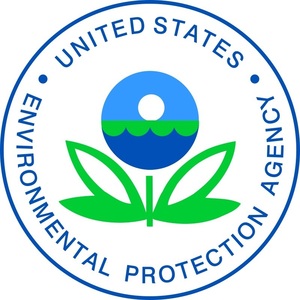EPA issues guidance for ethanol plants producing hand sanitizer

July 1, 2020
BY Erin Krueger
The U.S. EPA on June 27 posted a document to its guidance portal that explains how fuel ethanol plants that are producing hand sanitizer to help combat the COVID-19 pandemic can do so without invalidating an existing efficient producer pathway.
The document, dated May 11, focuses on plants that have been deemed as efficient producers under the Renewable Fuel Standard’s efficient producer petition process (EP3), a streamlined process for corn starch and grain sorghum ethanol producers to demonstrate that their fuel satisfies the lifecycle greenhouse gas (GHG) reduction requirements to qualify for renewable identification numbers (RINs). The document indicates that more than 80 dry mill ethanol plants in the U.S. have been approved for EP3 pathways.
The document explains that ethanol production through and EP3 pathway is limited to 200-proof ethanol. Alcohol suitable for use in hand sanitizer, however, is commonly produced as 190-proof ethanol.
Advertisement
“It is EPA’s understanding that the production of hand sanitizer is separate and apart from the production of fuel ethanol, therefore ethanol producers may omit hand sanitizer alcohol production and associated energy use from the data reported to EPA under the EP3 pathway and lifecycle GHG calculations related to fuel ethanol production,” the EPA wrote in the document. “The EP3 compliance conditions (e.g., recordkeeping and reporting) require EP3 ethanol producers to identify energy associated with fuel ethanol production. However, these conditions do not currently include instructions or provisions for how to separate the emissions and energy associated with hand sanitizer alcohol production from those related to the production of fuel ethanol from corn starch. For these reasons, EP3 ethanol producers have asked for EPA’s input on how to proceed with hand sanitizer alcohol production without invalidating an existing EP3 pathway.”
According to the EPA, if a facility produces only hand sanitizer alcohol on a given day, that facility may record zero fuel ethanol production, feedstock and energy use in their EP3 calculations for that day, provided that the facility did not expend any energy that day associated with fuel ethanol production, including for drying distillers grains associated with fuel ethanol volumes.
Advertisement
For facilities that produce hand sanitizer alcohol and fuel ethanol on the same day, the EPA said it is “reasonable for producers to use energy allocation to determine the share of feedstock and energy use associated with fuel ethanol production versus hand sanitizer alcohol.” The guidance document includes a formula explaining how that calculation should be made.
The EPA stressed that RINs cannot be generated for hand sanitizer alcohol. The agency also noted that the guidance applies only to facilities that produce hand sanitizer in response to the COVID-19 public health emergency and said it may choose to develop a more detailed and accurate energy allocation methodology in the future.
A fully copy of the guidance document can be downloaded from the EPA’s website.
Related Stories
The U.S. Energy Information Administration maintained its forecast for 2025 and 2026 biodiesel, renewable diesel and sustainable aviation fuel (SAF) production in its latest Short-Term Energy Outlook, released July 8.
XCF Global Inc. on July 10 shared its strategic plan to invest close to $1 billion in developing a network of SAF production facilities, expanding its U.S. footprint, and advancing its international growth strategy.
U.S. fuel ethanol capacity fell slightly in April, while biodiesel and renewable diesel capacity held steady, according to data released by the U.S. EIA on June 30. Feedstock consumption was down when compared to the previous month.
XCF Global Inc. on July 8 provided a production update on its flagship New Rise Reno facility, underscoring that the plant has successfully produced SAF, renewable diesel, and renewable naphtha during its initial ramp-up.
The U.S. EPA on July 8 hosted virtual public hearing to gather input on the agency’s recently released proposed rule to set 2026 and 2027 RFS RVOs. Members of the biofuel industry were among those to offer testimony during the event.
Upcoming Events










